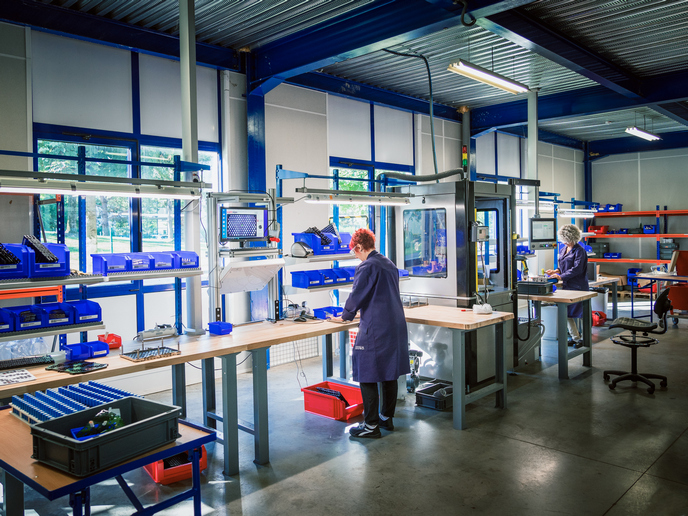Improving Europe's air quality
A large part of air pollution is made up of particulate matter (PM), which is associated with a range of human health problems. Despite this, the tools and information needed to quantify airborne PM and its effects on the population are sorely lacking. For this reason, the EU funded the TRANSPHORM project that looked specifically at airborne PM from urban traffic, road, shipping, rail and aviation sources. TRANSPHORM used targeted measurements in Thessaloniki (Greece), Rotterdam (the Netherlands) and Helsinki (Finland) to improve European air pollution policies. The research team collected data on traffic activity and shipping emissions to model and develop new emission factors. This culminated in the development of baseline European emission inventories for the present (2005) and future (2020 and 2030). Another model was also developed that accounts for the effect of buildings on particle size distribution and mass concentrations. Researchers integrated this model with a particle size-specific human respiratory tract model in order to estimate the accumulation of PM in human lungs. Using all of the models created and data collected by the project, TRANSPHORM developed a way to estimate population exposure and human health impacts from airborne PM. This approach yielded a quantified health impact for various particles, including elemental carbon and benzo(a)pyrene. Ultimately, TRANSPHORM efforts will support urban planning that encourages reduced emissions and better human health. The project results will also aid in the establishment of emission reduction targets for shipping and aviation.
Keywords
Air pollution, transport, human health, particulate matter, emissions







